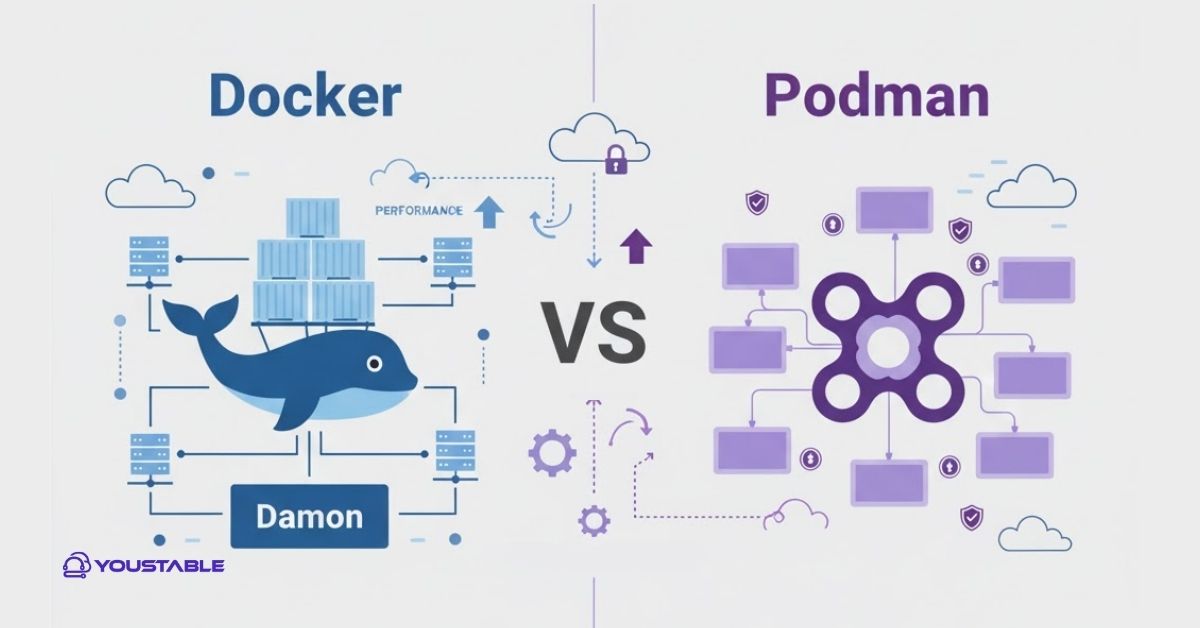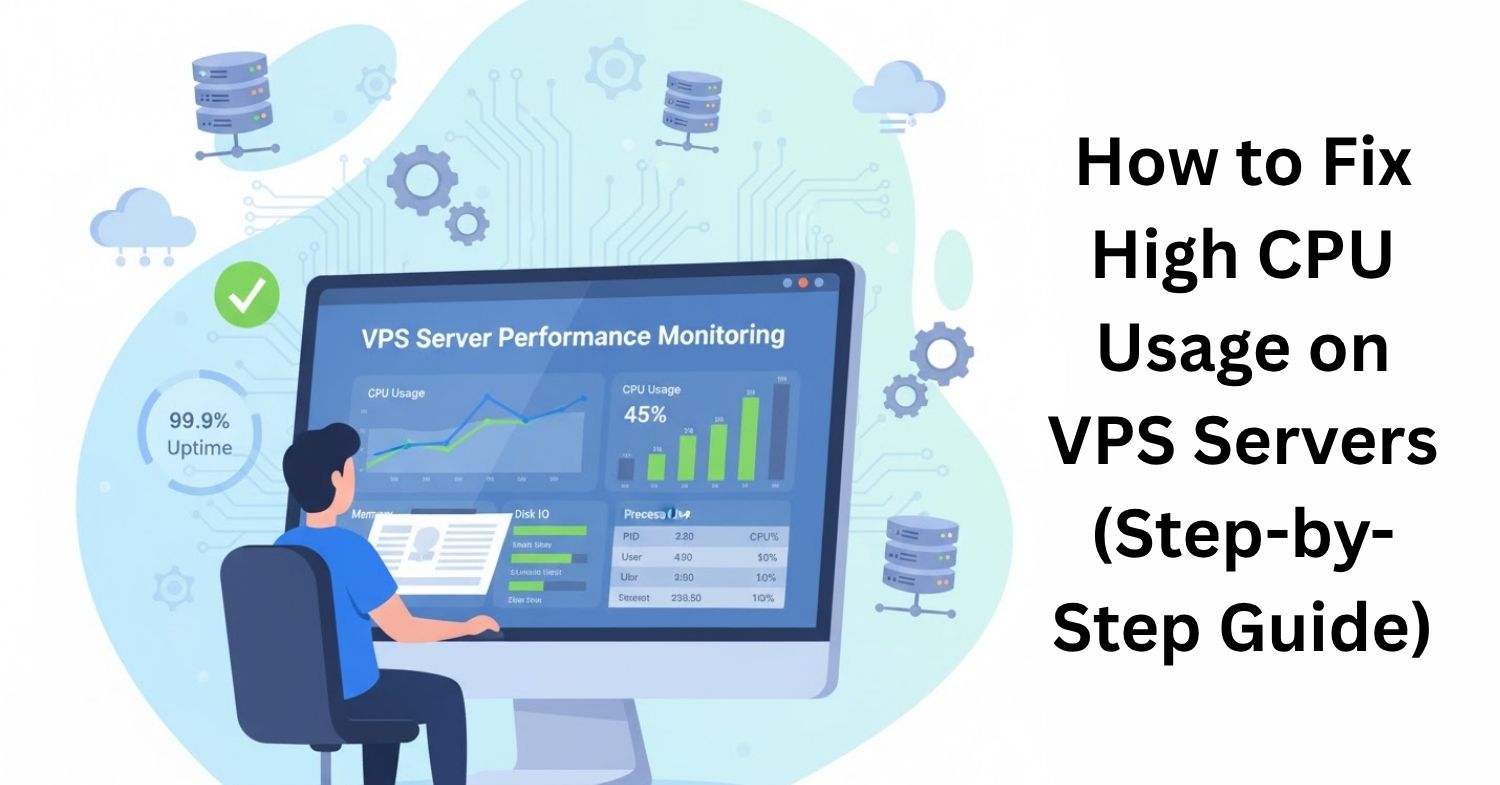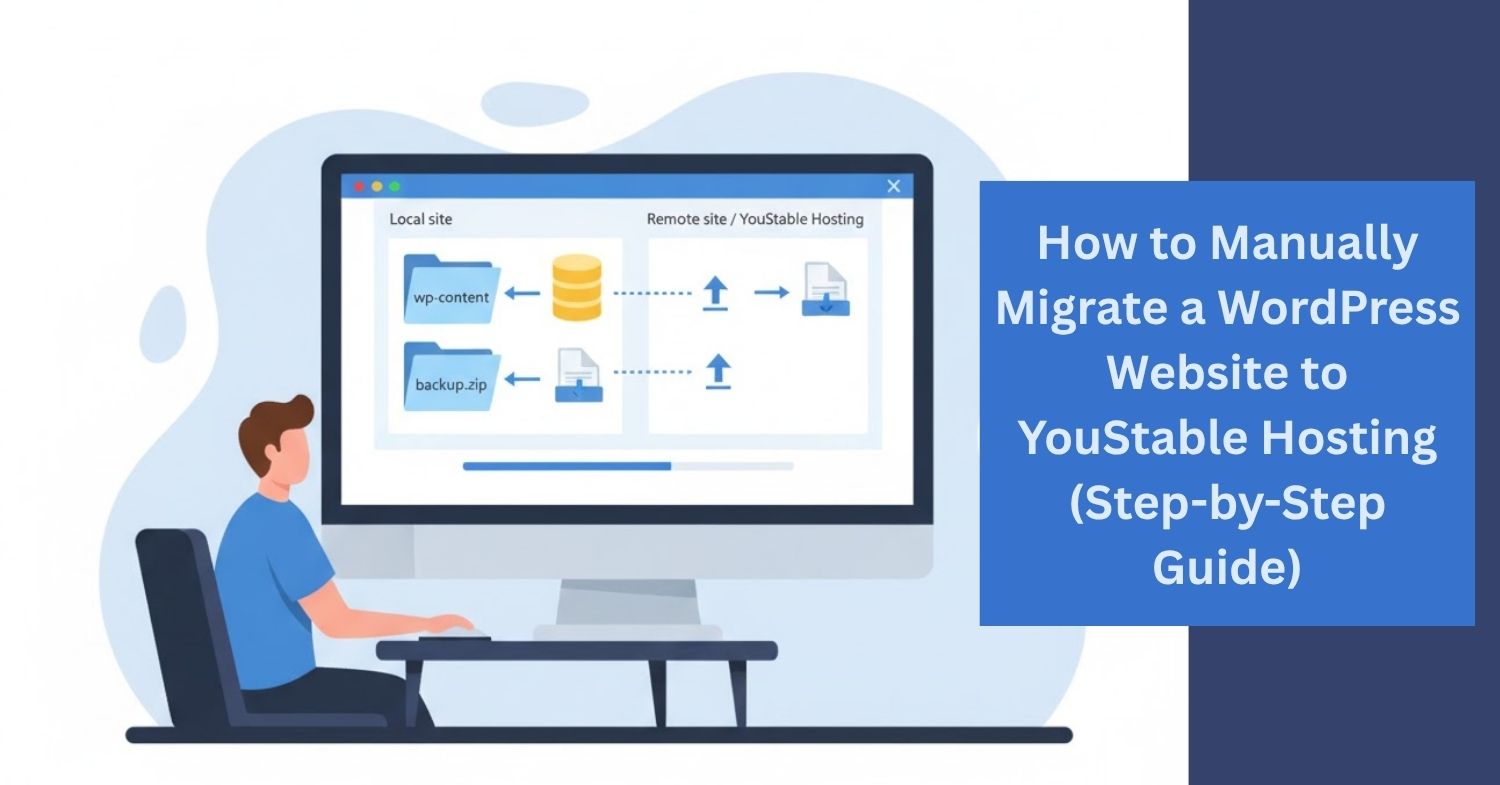Docker vs Podman is a common debate among developers and hosting professionals looking for the most efficient containerization solution. The issue arises when users must choose between Docker’s proven ecosystem and Podman’s daemonless, secure-by-design approach. Both tools simplify application deployment, but their architecture, performance, and compatibility with hosting environments differ, leading to confusion about which one best suits modern hosting workloads.

In this article, you’ll learn the key differences between Docker and Podman, how each performs in container hosting environments, and which one offers the best balance of security, speed, and ease of management. By the end, you’ll clearly understand which containerization tool aligns with your hosting needs.
Docker vs Podman: Choosing the Right Containerization Tool
When comparing Docker vs Podman for hosting, both offer unique advantages that cater to different infrastructure needs. The following are the primary factors that determine their performance, usability, and efficiency in real-world environments.
1. Architecture and Design
Docker uses a client-server model, with the Docker daemon running continuously in the background to manage containers. This centralized design simplifies container operations and networking but increases the system’s attack surface.
Podman, on the other hand, operates daemonless. It uses a fork-exec model where each container runs as a child process of the user’s session. This approach improves security and isolation, making Podman more suitable for systems that require strict compliance and non-root execution.
2. Security and Rootless Operation
Security is one of the main differentiators in the Docker vs Podman discussion. Docker requires root privileges for its daemon, which can expose the host system to risks if compromised.
Podman was designed with rootless operation in mind, enabling containers to run without root access. This architecture minimizes security vulnerabilities, giving system administrators and hosting providers more confidence when deploying sensitive workloads.
3. Compatibility and CLI
Docker’s CLI has long been the industry standard, supported by vast documentation and community tools. Its commands are intuitive and consistent across various environments, making it ideal for developers familiar with Docker Compose and Swarm.
Podman ensures backward compatibility with Docker by mirroring its CLI syntax. Users can often alias Podman to Docker without changing existing scripts, making migration seamless for teams looking to adopt a more secure, daemonless platform.
4. Image Management
In the Docker vs. Podman comparison, both tools use OCI (Open Container Initiative) standards, meaning images built with Docker can run on Podman and vice versa. Docker relies heavily on Docker Hub for image distribution.
Podman integrates well with multiple registries, including Docker Hub, Quay.io, and private repositories. It provides better flexibility in enterprise hosting environments that require multi-registry support and granular control over image sources.
5. Performance and Resource Usage
Docker’s continuous daemon can consume more system resources even when idle, especially in multi-container setups. This can slightly affect system performance on limited-resource servers.
Podman’s daemonless structure reduces background resource usage, making it lighter and faster in startup and shutdown times. For hosting environments where resource efficiency is crucial, Podman often outperforms Docker in long-term stability.
6. Orchestration Support
Docker integrates with Docker Compose and Docker Swarm, allowing easy orchestration of multiple containers with minimal setup. It’s a great option for small to medium-scale hosting environments.
Podman relies on external orchestration tools like Kubernetes. While it doesn’t have a built-in orchestrator, it natively supports Kubernetes YAML files, making it ideal for enterprises already using Kubernetes clusters for container management.
7. Community and Ecosystem
The Docker vs Podman comparison wouldn’t be complete without mentioning community support. Docker has a massive global community, extensive documentation, and a mature ecosystem of third-party tools.
Podman, although newer, is growing rapidly with Red Hat’s backing. Its community focuses heavily on security, compliance, and integration with enterprise-grade systems, making it a strong alternative in professional hosting environments.
Docker vs. Podman: Comparison Table
| Factor | Docker | Podman |
|---|---|---|
| Architecture | Daemon-based (Client-Server) | Daemonless (Fork-Exec Model) |
| Security | Requires root access for daemon | Rootless by default, more secure |
| CLI Compatibility | Industry standard, widely adopted | Docker-compatible syntax |
| Image Management | Uses Docker Hub primarily | Supports multiple registries |
| Performance | Slightly higher resource usage | Lightweight and efficient |
| Orchestration | Docker Compose & Swarm | Kubernetes-native support |
| Community Support | Large and mature ecosystem | Rapidly growing, Red Hat-backed |
Conclusion
In the Docker vs Podman debate, both containerization tools deliver excellent performance for hosting environments, but they cater to different needs. Docker remains the go-to choice for developers who value simplicity, vast community support, and established workflows. Podman, however, excels in security, efficiency, and rootless operation, making it ideal for enterprise and compliance-driven hosting infrastructures. Ultimately, your choice between Docker vs. Podman depends on whether you prioritize a robust ecosystem or enhanced security and flexibility. Evaluate your hosting requirements carefully and select the container tool that aligns best with your long-term goals.


